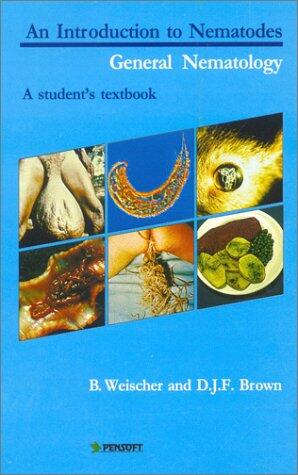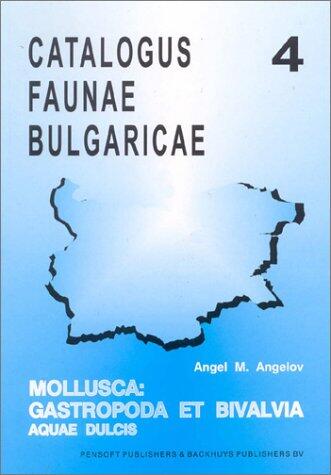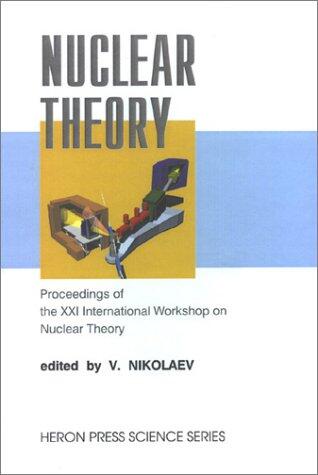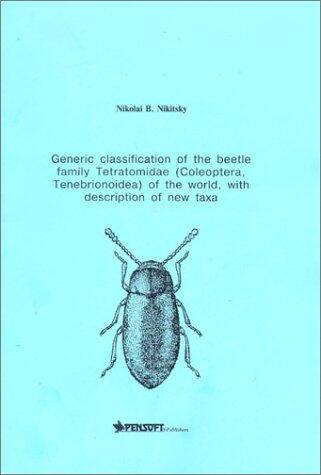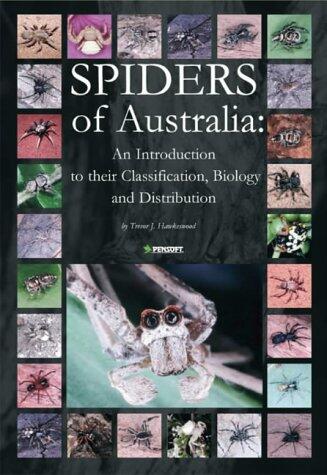
Spiders of Australia: An Introduction to Their Classification, Biology & Distribution
작성자
Trevor J. Hawkeswood
아직 평점이 없습니다
Science & Technology
형식
페이퍼백
페이지
264
언어
영어
출판됨
Jan 1, 2003
출판사
Pensoft Pub
판
Edition Unstated
ISBN-10
9546421928
ISBN-13
9789546421920
설명
This comprehensive guide delves into the fascinating world of Australian spiders, exploring their classification, biology, and distribution. Trevor J. Hawkeswood employs a meticulous approach, combining academic rigor with engaging prose to shed light on this often-misunderstood group of arachnids. With striking photographs and captivating paintings by B. Coulson and J.R. Turner, the visual elements enhance the reader's experience, making the intricate details of these creatures come alive.
The book addresses the diversity of spider species found across Australia, highlighting their unique adaptations and ecological significance. Readers will find themselves drawn into the complexities of spider life, from their hunting strategies to their reproductive behaviors. Hawkeswood's accessible writing style ensures that both enthusiasts and experts can find value in the information presented, fostering a deeper appreciation for Australia's rich biodiversity.
Additionally, the text serves as a useful resource for those interested in studying or observing spiders in their natural habitats. By understanding their classification and behavior, readers can better appreciate the role that these creatures play in the ecosystem, ultimately promoting a greater conservation awareness. Overall, this work stands as a testament to the beauty and diversity of Australia's spider fauna, inviting readers to discover the hidden wonders of these remarkable arachnids.
The book addresses the diversity of spider species found across Australia, highlighting their unique adaptations and ecological significance. Readers will find themselves drawn into the complexities of spider life, from their hunting strategies to their reproductive behaviors. Hawkeswood's accessible writing style ensures that both enthusiasts and experts can find value in the information presented, fostering a deeper appreciation for Australia's rich biodiversity.
Additionally, the text serves as a useful resource for those interested in studying or observing spiders in their natural habitats. By understanding their classification and behavior, readers can better appreciate the role that these creatures play in the ecosystem, ultimately promoting a greater conservation awareness. Overall, this work stands as a testament to the beauty and diversity of Australia's spider fauna, inviting readers to discover the hidden wonders of these remarkable arachnids.

